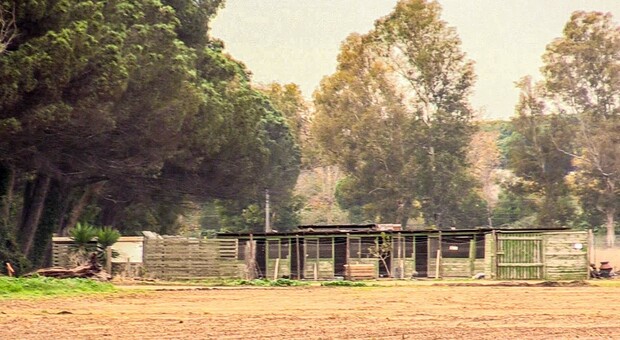A protection area and a surveillance zone were established by the Lazio Region for the outbreak of avian flu ascertained by the ASL Roma 3 in a poultry farm in Ostia. The protection zone “with a radius of 3 kilometers from the breeding site of the influenza outbreak” and the surveillance zone “with a radius of 10 kilometers”. But what is bird flu? And what risks of contagion does man run? The Higher Institute of Health explains this clearly, which also offers answers to frequently asked questions on its website.
Avian flu in Rome, an established case: outbreak in a farm in Ostia Antica. «Grave strain», a protection zone of 3 km is triggered
Avian flu, what it is and what are the risks for humans
“Identified for the first time in Italy more than a century ago, avian flu is a disease caused by a type A influenza virus”, explains the ISS: “Spread all over the world, avian flu has manifestations very different, from the lightest to the highly pathogenic and contagious forms that generate acute epidemics. Wild ducks, identified as a source of contagion for farmed poultry, are natural reserves of the different avian influenza virus subtypes. In Asian countries, a prominent role in the spread of the virus has been identified in the sale of live poultry to markets. Furthermore, viruses can be transmitted from company to company through mechanical means, contaminated tools and instruments, machines, feed, cages, or even the clothing of the operators ».
The presence of the H5N1 virus in chickens, according to the Higher Institute of Health, determines two main risks for human health. “The first is the risk of direct infection if the virus passes from chicken to man. On some rare occasion, in fact, the avian influenza viruses managed to infect men who had been exposed to high quantities of viruses ». A second risk “is that the virus, under suitable conditions, could mutate into a new virus that has the ability to be easily transmitted from person to person. To become truly dangerous for the human population, these viruses must acquire the ability to be easily transmitted from human to human, ie to carry out the so-called “leap of species”Which has not yet occurred. The emergence of a new virus could cause a worldwide epidemic of flu ». However, the virus does not easily pass from birds to humans. Transmission from chickens to humans “requires very close contact, the main modes of infection being direct contact with infected poultry or with surfaces and objects contaminated with poultry faeces.”
But who are the people who risk the most? According to the Higher Institute of Health, “anyone who raises or butchers poultry may be in contact with sick animals. People carrying live poultry and veterinarians are also potentially at risk. The precautionary measures recommended for these occupational groups are to get vaccinated annually against human flu and wash their hands with soap and water after contact with poultry. Further recommendations, such as the use of individual protection measures, apply only to workers in areas where the H5N1 virus or other highly pathogenic avian viruses have been isolated ‘.
© breaking latest news
.
